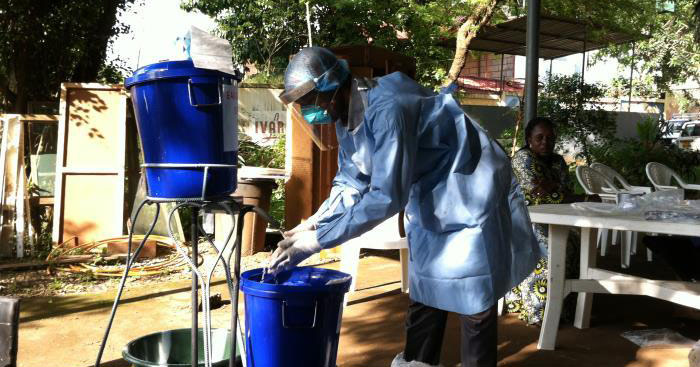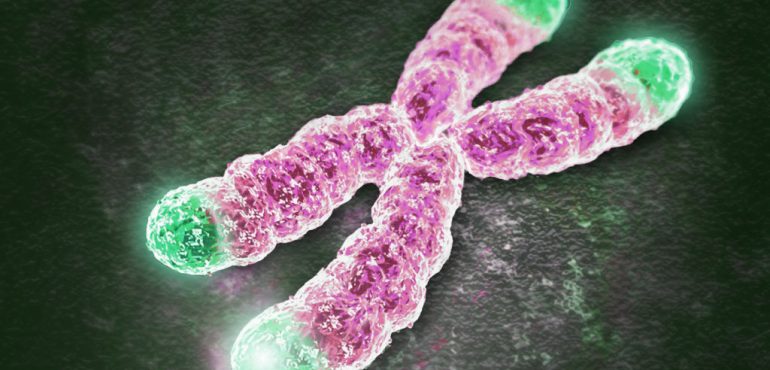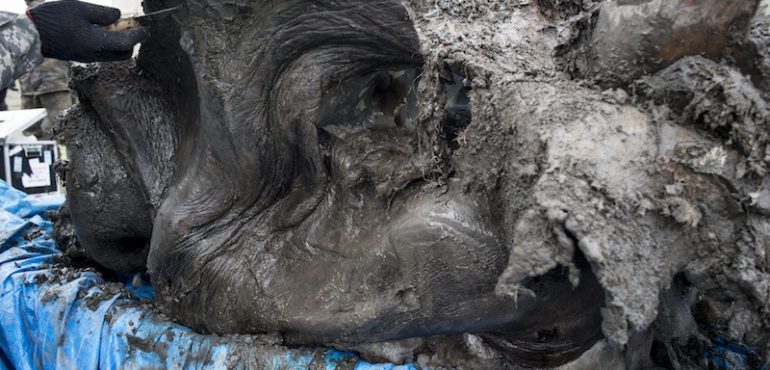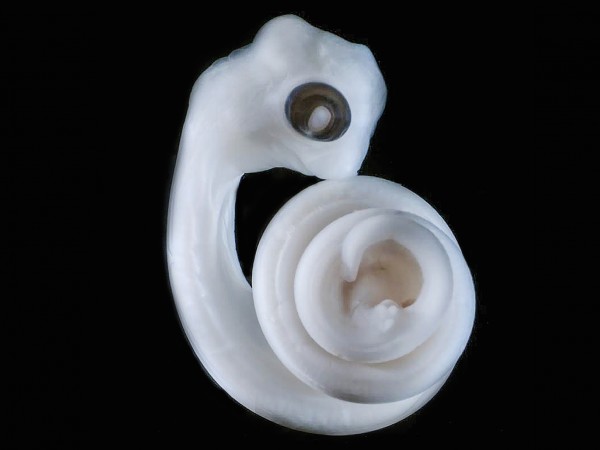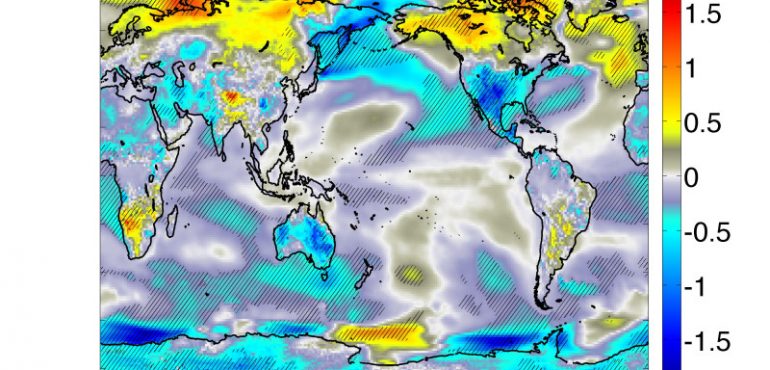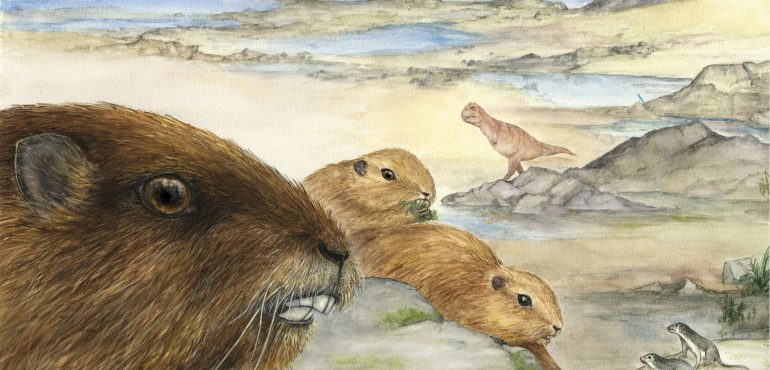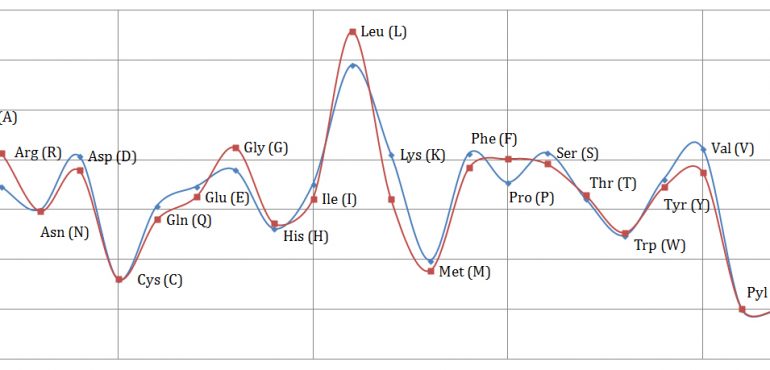No cases of Ebola remain in the United States at the moment, but researchers are busy working on vaccines as the virus continues to spread in West Africa. In a few areas in Liberia, cases may be on the decline, new reports find. Researchers working on a vaccine against the Zaire strain of Ebola virus,…
Read more
Ebola Update: Vaccines in Tests, Spike in Mali, Dips in Liberia
